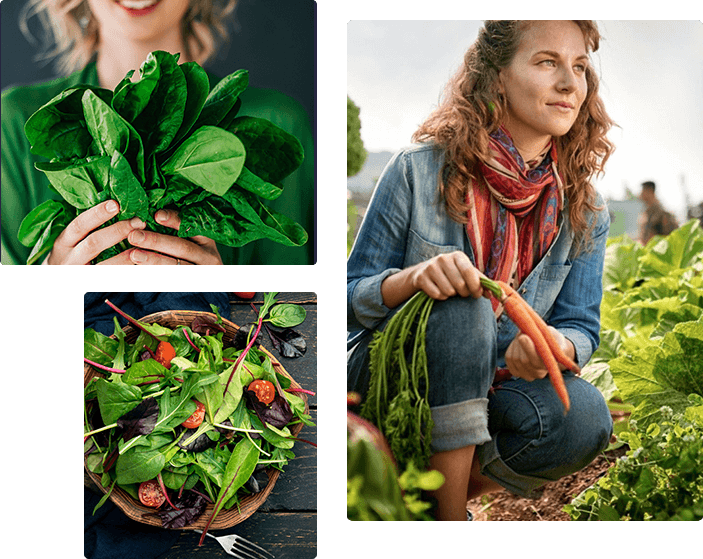The Advantages of Hairloom Vegetables

An hairloom vegetable is a variety that modern-day breeding techniques haven't changed. Some types can be hundreds of years old. These varieties are not usually used in large-scale commercial agriculture. Hairloom vegetables are, by default, non-GMO.
Here are some of the best reasons to buy hairloom vegetables:-

They taste amazing
No more bland tomatoes ruining your dishes! Hairloom vegetables are more flavour-focused than big-agro varieties. The trade-off is that some vegetables might look different or even "ugly" or "sheer perfection."

They're more nutritious.
Because large-scale commercial growers prefer higher yields, their modification of plant genetics has geared the plants to produce more, but not necessarily better. Hairloom plants retain natural traits and are often found with higher quantities of vitamins, minerals, and other components than traditional grocery store vegetables.

The seeds are more equitable
Hairloom plants produce seeds, unlike plants grown from GMO seeds. GMO seeds often grow into plants that never produce more, so you must keep purchasing seeds from the GMO supplier year after year. This goes against the laws of nature. Hairloom seeds allow farmers to produce crops without giving thousands of dollars away to big agro.

Harvest Uniformity
GMO plants are usually geared towards being harvested simultaneously, whereas hairloom vegetables are more spread-out and gradual. This means it's more helpful in supplying small groups of people vs massive produce suppliers because your ripe fruit will be spread out over time.

Price
Pound for pound and typically seed for seed, hairloom seeds, plants, and vegetables are usually less expensive than grocery store GMO equivalents

Veggie Theatre
Most of these hairloom vegetables were preserved with great intention. For this reason, each variety has its rich origin and history that helps us understand what it takes for a vegetable to get from a farm far away to the table in front of you.